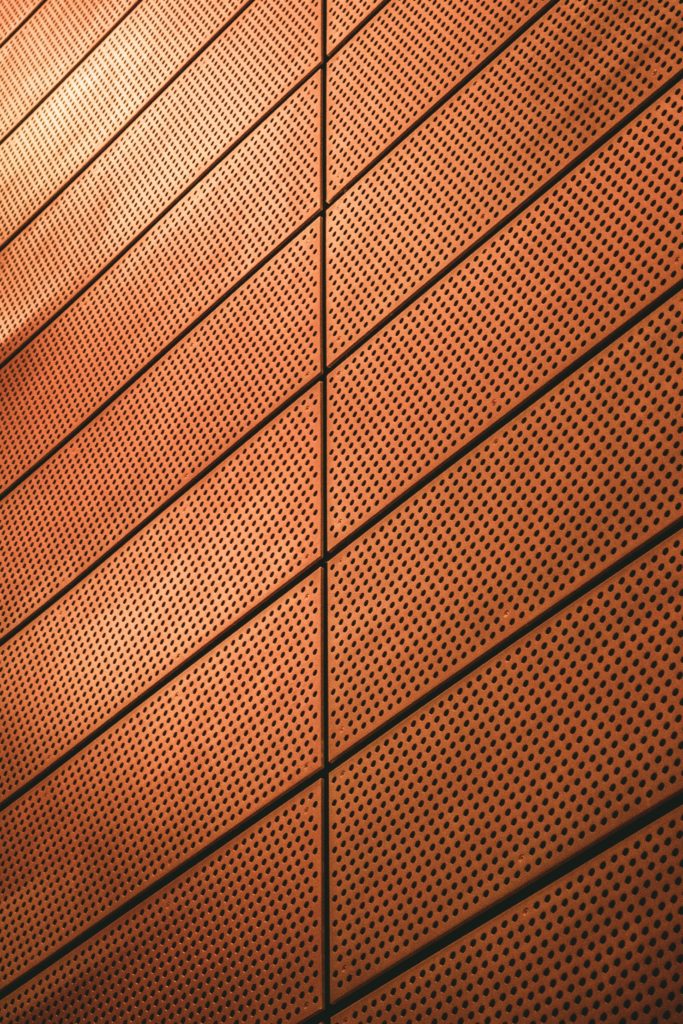Weathering steel is often used on account of its practical benefits such as its low carbon rate, which leads to it being both tough and ductile. The popularity of weathering steel is also partially due to its aesthetic look, with its orangey-brown patina. Weathering steel begins as a silver-colored metal, similar to standard steel and the patina develops over time when it is exposed to the weather.
How the Weathering Steel Process Works
The most practical advantage of weathering steel is its capacity to resist corrosion. When weathering steel is exposed to moisture, air, and other elements it does not rust, unlike most low alloy steels. The layer of rust on standard steel tends to become porous and detach from the metal surface. This rust can then penetrate deeper into the steel causing it to become less fit for purpose.
Although weathering steel rusting happens in the same way, the steel forms a stable rust layer called a ‘patina’ which is a corrosion-resistant, protective barrier. This naturally-developed layer is a form of protection and regenerates continuously when it is exposed to weather, stopping any additional access of oxygen, pollutants, and moisture.

The Timeline of Patina
Patina formation timescale depends largely on the environment of the steel as well as a range of factors such as water proximity and humidity. Patina tends to form faster when the weathering steel is subject to more environmental cycles. Cold-rolled materials (18 GA sheets or thinner) also form the patina faster than hot-rolled materials (16 GA sheets or thicker).
What is Weathering Steel Used For?
Due to its resistance to thermal shock, weathering steel is often used in building and architecture. It is also extremely strong and resistant to atmospheric corrosion when compared with other steel and the orangey-brown color of the steel is attractive to many architects. Weathering steel is also often used in sculptures and in gardens.
Weathering Steel from Masteel
Masteel supplies a range of grades of weathering steel in a variety of thicknesses and plate widths. We supply Corten A, which is suited to gas flue applications due to its containment of phosphorous, and Corten B weathering steel which works well for heavy and load-bearing structures.
Weathering steel can often look similar to standard steel when new, so it is critical that it is purchased from a reputable source. At Masteel we are able to give expert advice on which weathering steel grade is suitable for your application, as well as provide answers to any other questions you may have. If you’d like to find out more about our range of weathering steel you can read our previous blog post, or contact us today for more information.
